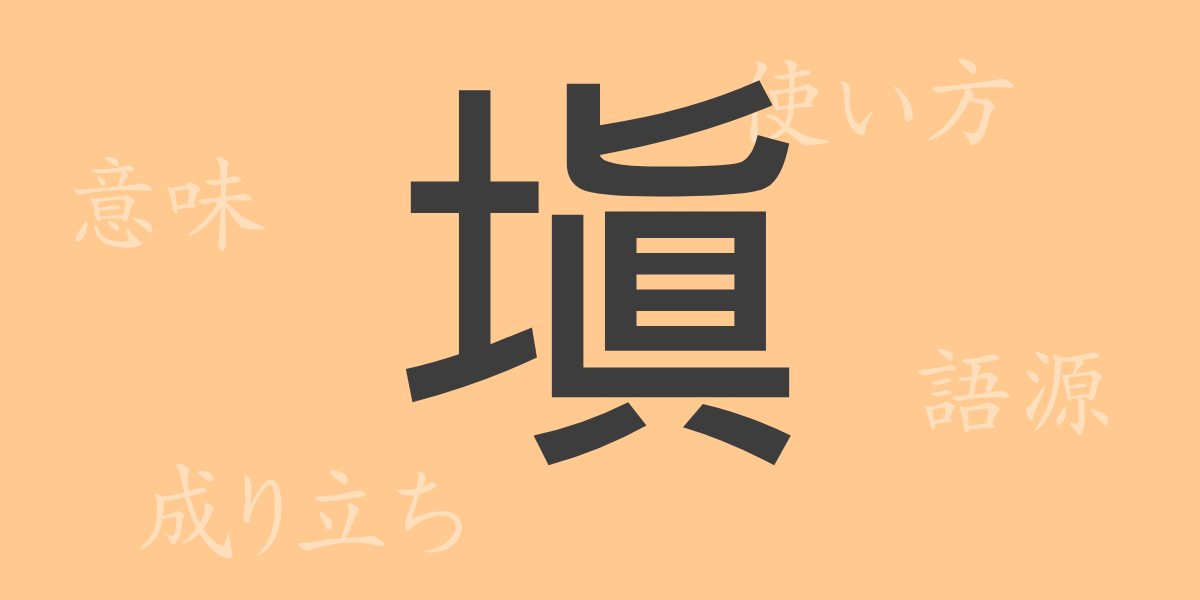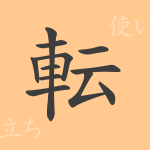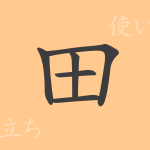In Japanese writing, kanji are essential for their rich meanings and forms. While ‘塡(テン)’ may not frequently appear in daily life, its presence speaks volumes about the depth of the Japanese language. This article delves into the origins, meanings, usages, and related idioms and phrases of ‘塡’, uncovering the full scope of this kanji.
Origins of ‘塡(テン)’
The kanji ‘塡’ originated in ancient China, formed by combining the radical for earth ‘土’ with ‘眞’, which means truth. This combination initially symbolized ‘firmly filling with earth’, used in contexts like construction and burial in ancient China, embodying the concepts of ‘filling’ and ‘repairing’.
Meaning and Usage of ‘塡(テン)’
‘塡’ means to fill gaps or holes with something. It refers to the act of filling holes or sealing cracks and metaphorically implies complementing or completing missing parts. In text, ‘塡’ can be used to describe physical filling or abstract concepts of augmenting or completing.
Readings, Stroke Count, and Radical of ‘塡(テン)’
The kanji ‘塡’ has specific readings and structural features:
- Readings: On’yomi ‘テン’; Kun’yomi ‘はめる’, ‘うずめる’
- Stroke count: ‘塡’ consists of 13 strokes.
- Radical: The radical of ‘塡’ is ‘土’, categorized under earth-related kanji.
Idioms, Phrases, and Proverbs Using ‘塡(テン)’
While not commonly found in everyday Japanese, ‘塡’ appears in several specialized terms and phrases:
- 塡充(てんじゅう): The act of thoroughly filling holes or gaps.
- 塡剤(てんざい): A material used to fill cracks or holes.
- 塡土(てんど): Soil used to fill holes or low areas.
Conclusion on ‘塡(テン)’
Although not frequently used, ‘塡’ illustrates the richness of expression in Japanese. From physical acts of filling to abstract concepts of augmenting or completing, ‘塡’ is versatile in various contexts. Understanding and mastering this kanji can enhance one’s comprehension of the Japanese language.

























